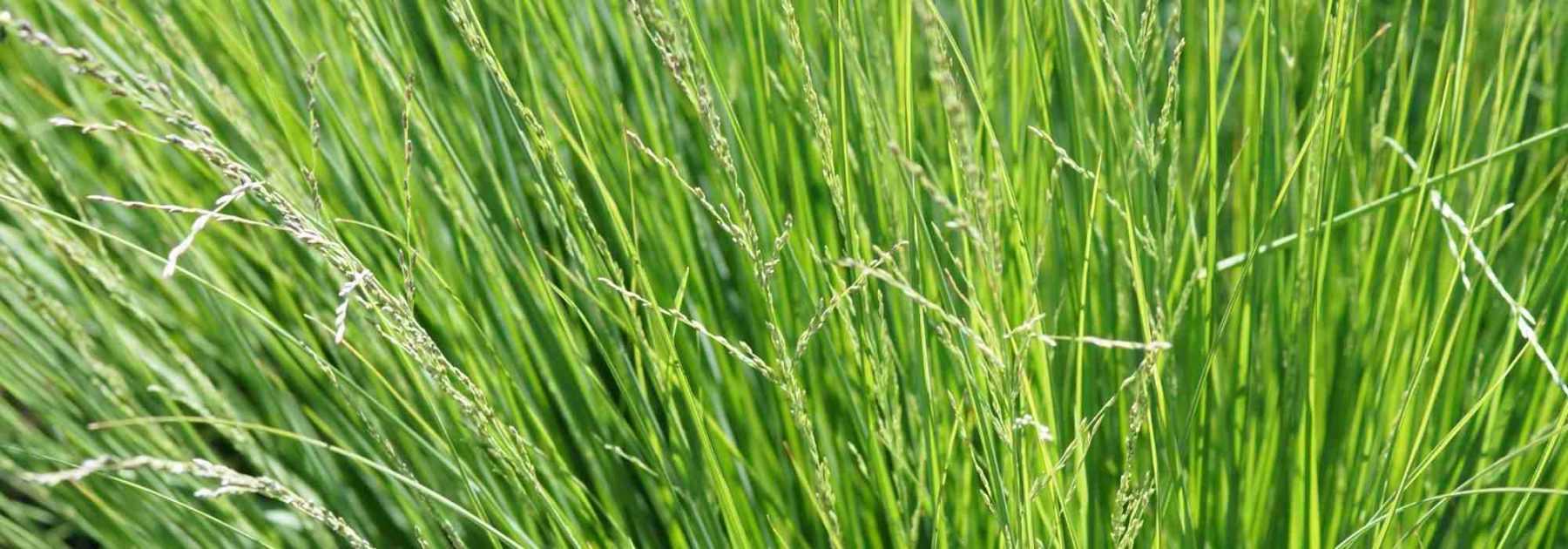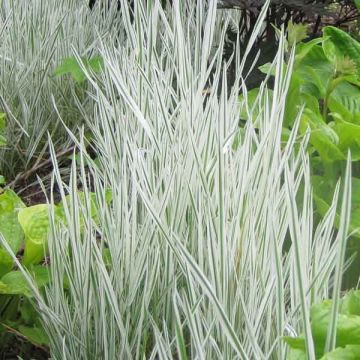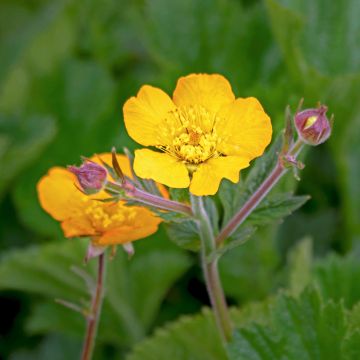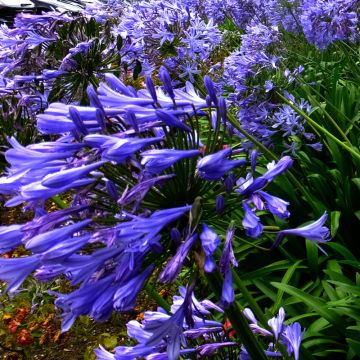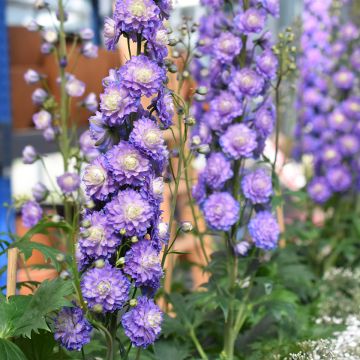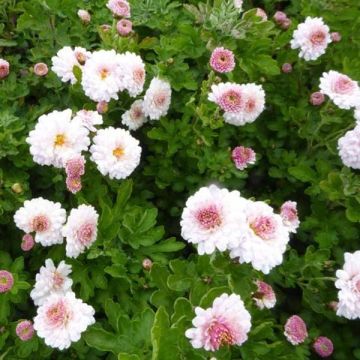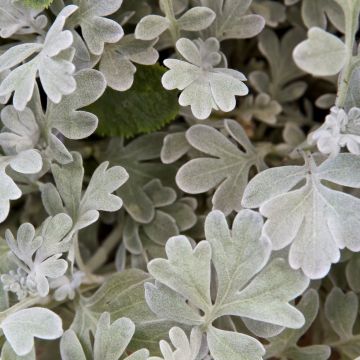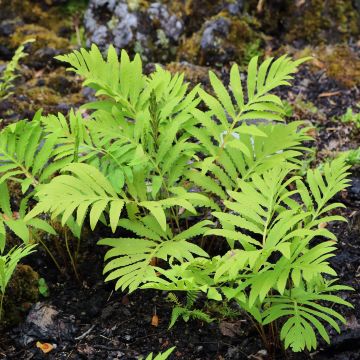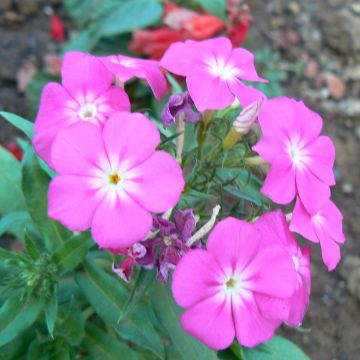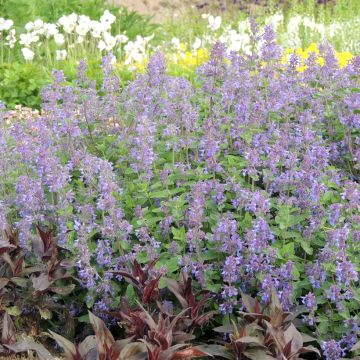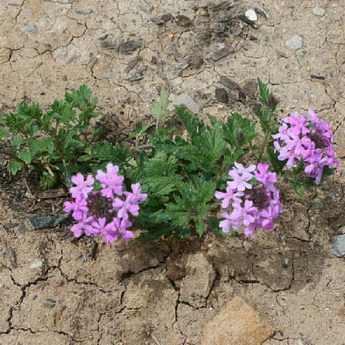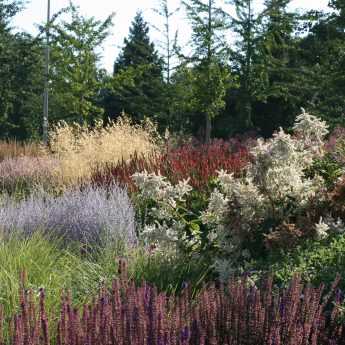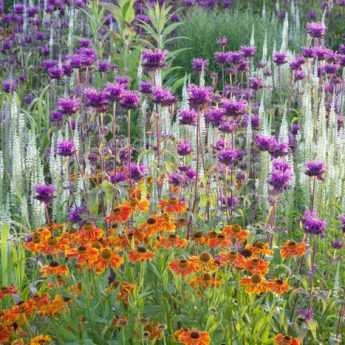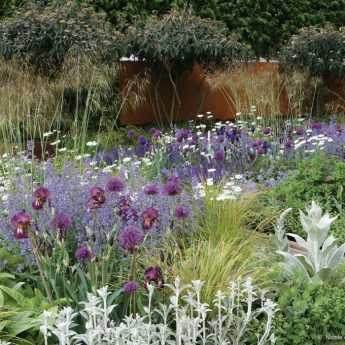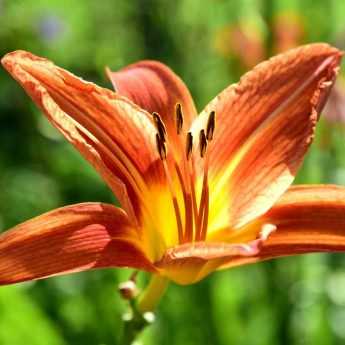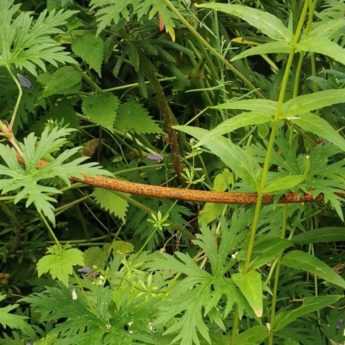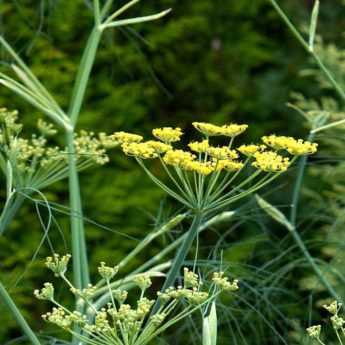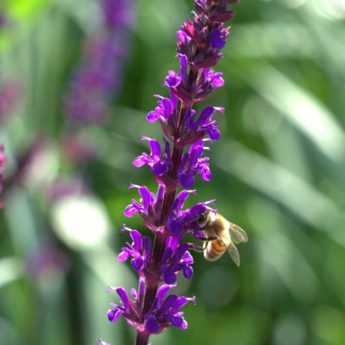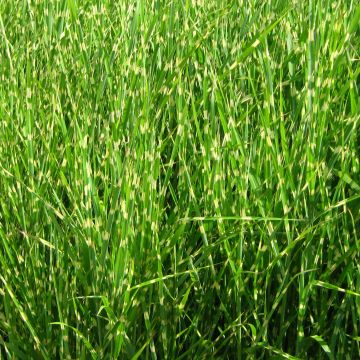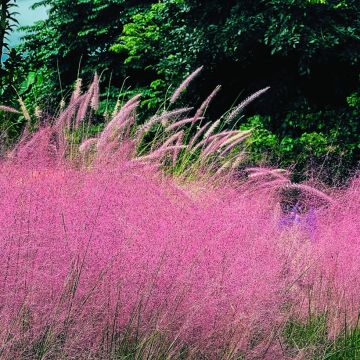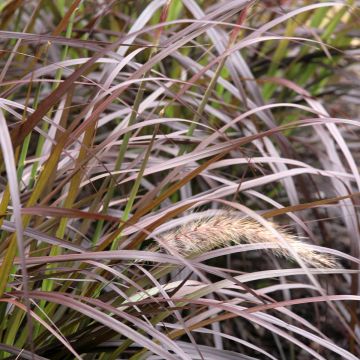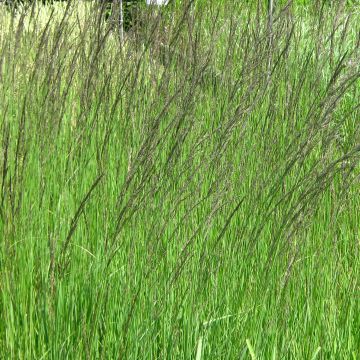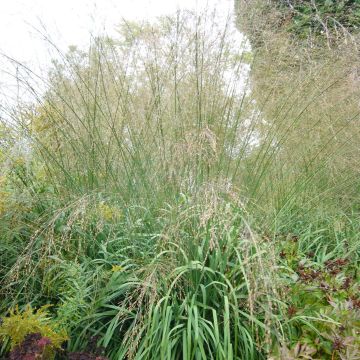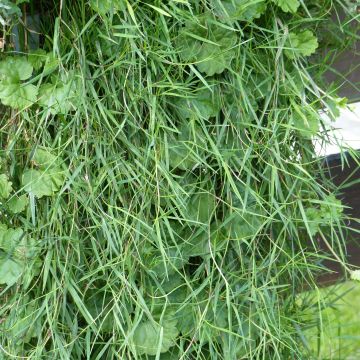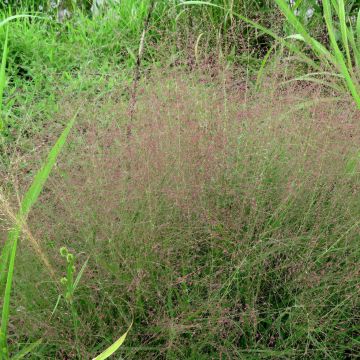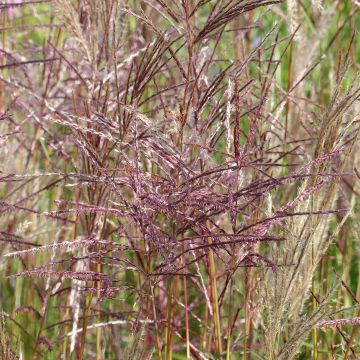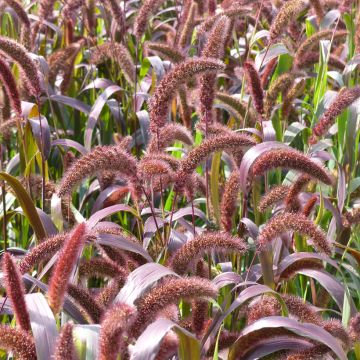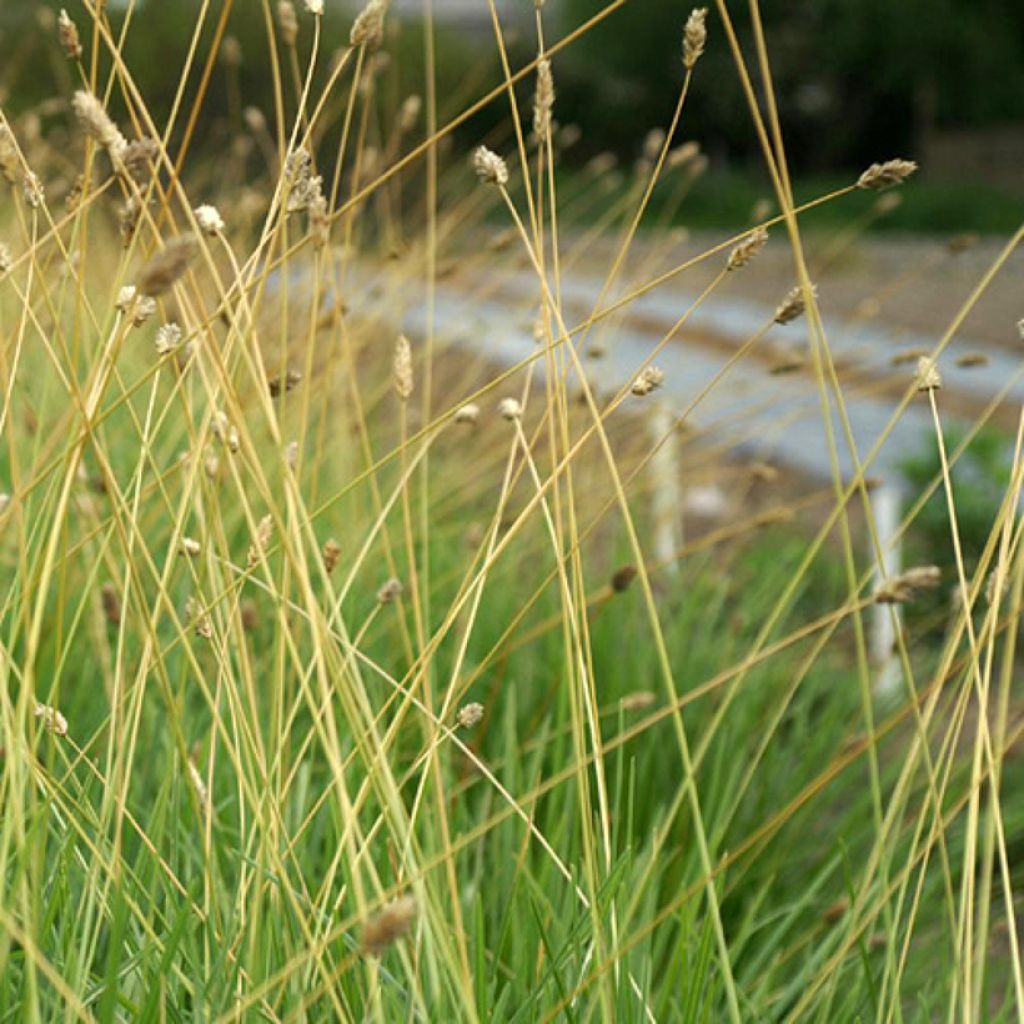

Sesleria sadleriana - Seslérie
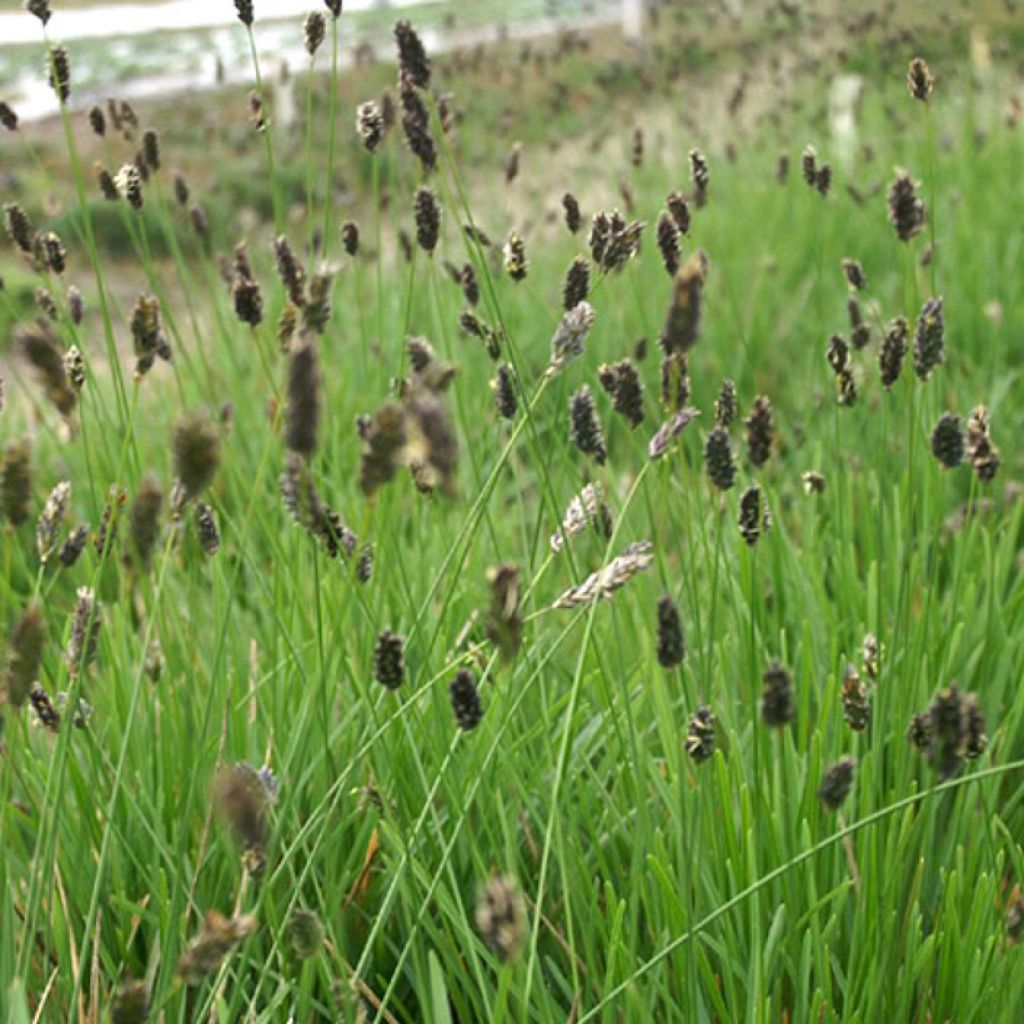

Sesleria sadleriana - Seslérie
Sesleria sadleriana - Seslérie
Sesleria sadleriana
Seslérie de Sadler
Cet article ne peut pas être expédié dans le pays sélectionné
Port dès 6,90 €
Plus d'infos
Port dès 6,90 €
Plus d'infos
Pays de livraison:
-
-
-
-
-
-
-
-
-
-
-
-
-
-
-
-
-
-
-
-
-
-
-
-
-
-
-
-
-
-
-
-
Programmez la date de votre livraison,
et choisissez votre date dans le panier
Garantie de reprise de 12 mois sur cette plante
Plus d'infos
Nous garantissons la qualité de nos plantes durant un cycle végétatif complet.
Nous remplaçons à nos frais toute plante n'ayant pas repris dans des conditions climatiques et de plantation normales.
A partir de 7,90 € pour une livraison en relais et 6,90 € pour une livraison à domicile
Livraison express à domicile en 24-48h: 8,90 €.
Cette plante est-elle adaptée à mon jardin ?
Je crée mon profil Plantfit →
Description
Le Sesleria sadleriana est une graminée qui pousse en touffe bien délimitée, avec un feuillage rigide, vert bleuté. Elle développe au printemps des épis beiges laineux, qui deviennent ensuite brun foncé. De taille modeste, elle est rustique et adaptée aux conditions difficiles. Idéale en jardin pierreux, cette graminée apprécie le calcaire. Utilisez-la en couvre-sol, une mission qu'elle remplit de manière fiable et durable.
Le Sesleria sadleriana est une graminée vivace à souche cespiteuse et non traçante appartenant à la famille des poacées. Originaire d'Autriche, de Hongrie, de Yougoslavie et de la République tchèque, elle est endémique du bassin central des Carpates. C'est typiquement une plante des prairies rocheuses dolomitiques. Elle s'est adaptée à des climats plus chauds, mais on la trouve encore sur les pentes exposées au nord. Cette charmante graminée semi-vivace développe des fleurs blanches, lumineuses, à l'aspect laineux. Les inflorescences dodues et oblongues sont portées par des tiges courtes et robustes. Elles sèchent en partie avant l'hiver, mais se renouvellent continuellement. La plante forme une touffe épaisse, dense et un peu hérissée de feuillage linéaire et doux au toucher, haute de 40 cm en fleurs et large de 40 à 50 cm.
Le Sesleria sadleriana est une graminée résistante qui aime le calcaire. Ne craignant ni l'ombre ni la sécheresse occasionnelle, elle peut être plantée en masse comme couvre-sol, au milieu d'une rocaille ou à l'avant d'une bordure mixte, où elle préfère le soleil ou la lumière tamisée et un sol sec à modérément humide. Plantez-la en compagnie de vivaces résistantes et de peu d'entretien, comme les lavandes, les sauges, les échinacées, les coreopsis, les nepetas. Elle trouve sa place autant plantée en masse en bordures dans un jardin contemporain que dans un jardin naturel ou une rocaille. On peut l'utiliser aussi en toitures végétalisées compte tenu de son autonomie remarquable. Elle résiste très bien au stress hydrique.
Floraison
Feuillage
Port
Botanique
Sesleria
sadleriana
Gramineae
Seslérie de Sadler
Europe de l'ouest
Autres Vivaces de A à Z
Plantations et soins
Plantez la Sesleria sadleriana en sol léger, sec à frais, drainé, neutre à calcaire, de préférence au soleil, bien qu'elle supporte la mi-ombre. Un apport d'engrais n'est pas nécessaire, mais il permettra à la plante d'atteindre des dimensions plus importantes qu'en sol pauvre. Elle a besoin de davantage d'eau lors de la période de croissance, au printemps, ainsi que sous un climat chaud et sec, en plaine. La Sesleria s'adaptera à des conditions difficiles, comme celles qu'elle rencontre dans les jardins très rocailleux, et dans les régions où l'amplitude thermique est importante. Cette graminée peu exigeante s'adapte à une grande variété de sols, s'ils sont correctement drainés, mais pas trop arides : en sol sableux, limoneux, caillouteux et calcaire ou argileux et calcaire.
Quand planter ?
Pour quel endroit ?
Soins
Nos conseils plantation et soins
Comment planter les vivaces ?
notre spécialiste
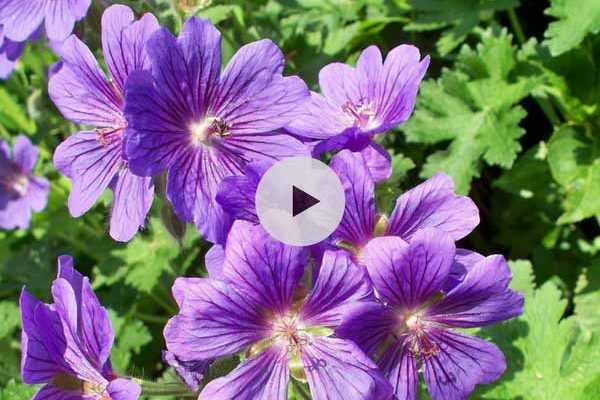
Cet article n'a pas encore reçu d'avis; soyez le premier à partager votre expérience.
Graminées
Vous n'avez pas trouvé votre bonheur ?
La rusticité est la température hivernale la plus basse qu'une plante puisse endurer sans subir de dommages sérieux, voire mourir. Cette rusticité est toutefois affectée par l'emplacement (zone abritée, comme un patio), les protections (voile d'hivernage) et le type de terre (la rusticité est améliorée par un sol bien drainé).

Conditions Générales d'Utilisation du Service Photos Client
Dans le but de favoriser l’interaction et le partage d'expériences entre jardiniers, Promesse de fleurs propose différents services permettant le dépôt de contenus sur son Site – via notamment le module « Partage de photos».
L’Utilisateur s’interdit de:
- Publier tout contenu illégal, préjudiciable, injurieux, raciste, incitant à la haine, révisionniste, contraire aux bonnes mœurs, portant atteinte à la vie privée ou portant atteinte aux droits privatifs de tiers, notamment le droit à l’image des personnes et des biens, le droit de propriété intellectuelle ou le droit au respect de la vie privée
- Déposer des contenus pour le compte d’un tiers
- Usurper l’identité d’un tiers et/ou publier toute information personnelle d’un tiers
D'une manière générale, l’Utilisateur s’engage à s’abstenir de tout comportement contraire à l’éthique
L’ensemble des Contenus (notamment textes, commentaires, fichiers, images, photos, vidéos, œuvres, etc… ), éventuellement soumis à des droits de propriété, propriété intellectuelle, droit à l’image ou autre droit privatif restent la propriété de l’Utilisateur, sous réserve des droits limités accordés par la licence définie ci-dessous à Promesse de fleurs. Les Utilisateurs sont libres de publier ou non de tels Contenus sur le Site via notamment le service « Partage de photos » et acceptent que ces Contenus deviennent publics et librement accessibles notamment sur Internet.
Ils reconnaissent, s’engagent et garantissent disposer de l’ensemble des droits et autorisations nécessaires pour une telle publication sur le Site, notamment au titre de la législation en vigueur et des droits au respect de la vie privée, de propriété, de la propriété intellectuelle, à l’image, des contrats ou de toute autre nature. Par une telle publication sur le Site, les Utilisateurs ont conscience d'engager leur responsabilité en tant qu'éditeur du Contenu au sens de la loi, et accordent sur le dit Contenu, pour toute la durée de publication, à Promesse de fleurs, une licence non exclusive, gratuite, mondiale, incluant les droits de reproduction, de représentation, de chargement, d’affichage, d’exécution, de transmission, de stockage.
Les Utilisateurs autorisent également que leur nom puisse être associé au Contenu et acceptent que cette association ne soit pas toujours faite.
Par leur publication, les Utilisateurs autorisent qu'un Contenu puisse devenir automatiquement accessible sur internet, notamment sur d'autres sites et/ou blogs et/ou pages web du site Promesse de fleurs incluant notamment les pages des réseaux sociaux et le catalogue de Promesse de fleurs.
Les utilisateurs peuvent librement obtenir le retait des contenus confiés, en contactant le service client via le formulaire de contact

































